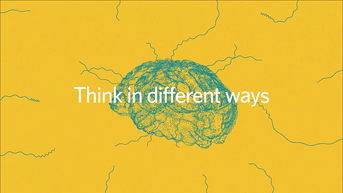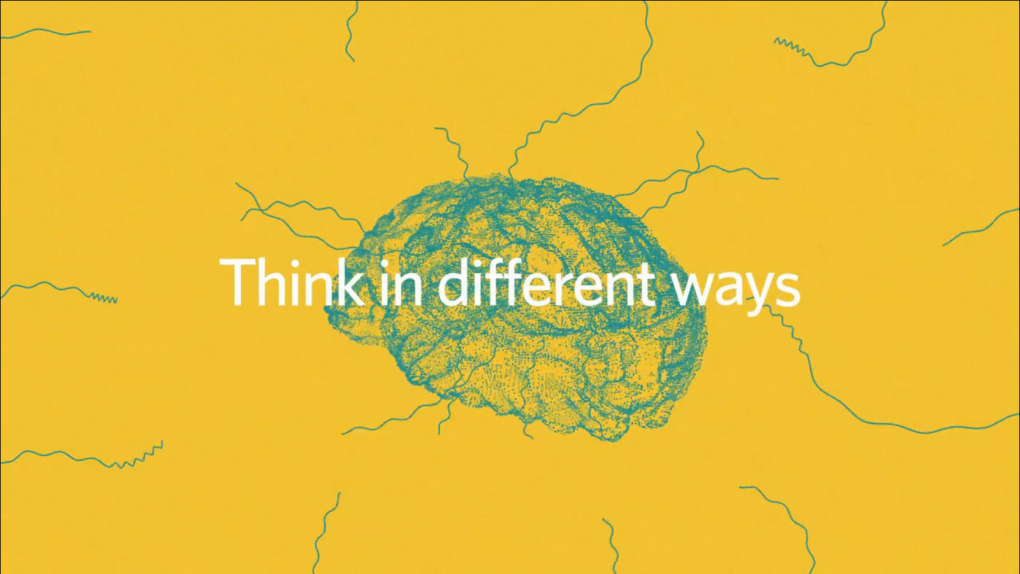 I think we can all remember that feeling from our elementary and high school days of being dragged out of bed and off to school with sleep still in our eyes. On the way to school, still half in a dream, I remember imagining a day where school was conducted from the comfort of your own home (or bed for that matter). Around recess though, once I was fully awake, I would retract my thoughts as I did not want to imagine school without being able to see my friends.
I think we can all remember that feeling from our elementary and high school days of being dragged out of bed and off to school with sleep still in our eyes. On the way to school, still half in a dream, I remember imagining a day where school was conducted from the comfort of your own home (or bed for that matter). Around recess though, once I was fully awake, I would retract my thoughts as I did not want to imagine school without being able to see my friends.
As per usual, it seems that the future has come faster than we expected, and blended learning models where students benefit from both classroom and online learning are becoming more and more popular.
What is blended learning? Essentially blended learning models couple interactive online tools such as videos, games and interactive virtual labs with the face-to-face classroom setting. Anant Agarwal, head of edX, an organization that provides people all over the world with free online courses from institutions like Harvard, MIT and Berkley, argues that blended learning is the solution to high-caliber, accessible education for all. His research team conducted a pilot study with a difficult course at MIT that had been taught in your typical lecture style setting. Every semester 40-41% of students failed the Circuits and Electronics course but after a blended learning model was implemented, an average 9% of students now fail per semester. This is HUGE, not only for the money that students are saving from not having to retake courses, but for how well students are learning in blended environments. What follows is a few keys ideas from the blended learning model that is helping people like Anant Agarwal reimagine education. These ideas are applicable to all type of online learning settings: corporate, healthcare, government and of course education where it was developed.
Active Learning
Active learning happens when students have the opportunity to clarify, question, apply, and consolidate new knowledge. Typically, this does not happen in traditional lecture settings as students having different levels of understanding and absorption rates. Active learning then replaces lectures with short interactive videos where after 5-7 min, students are prompted to respond to questions that test what they have learned.
Self-Pacing
I don’t know if it’s just me but I was never able to keep up to my university professors—I felt like I was always frantically trying to copy down the last thing they said while he/she was already into the next topic. In online courses, recorded lectures allow students to pause, rewind and even fast-forward through information. How helpful would it have been if I could have ‘paused’ my professor anytime I didn’t understand a concept he assumed we all knew?
Instant Feedback and Grading
I think this is probably the feature I would have benefited from the most. Often times it would be weeks, or months until I received assignment feedback. At that point, I usually had forgotten what I didn’t comprehend well in the first place. With instant feedback and grading students discover what they don’t understand immediately and are guided in the right direction to find the correct answer.
Gamification
Imagine lego at school, but you are learning complicated electronic circuitry and having fun. Gamification is a fairly recent realm in the education industry and is now being utilized in for online course modules. Whether quizzing primary students against their friends in a battle-like multiplication duos or helping university students build complex circuits, gamification takes away the pressure of learning and helps students digest information faster.
Peer learning
Have you ever witnessed a heated Facebook battle when someone posts a wrong fact or sensitive topic? Comments go off like wild fire. Online learning management systems have built in social apps so students can interact and learn from each other. Often times, TA’s find that their work is done for them as students help each other find and solve answers.
The Verdict
Education has not made any drastic strides in the past 500 years yet the cost to obtain a post-secondary degree has risen at twice the pace as healthcare. The last great innovation in education was the printing press allowing for the mass dissemination of information—textbooks…yipee. In the past 30 years, college and tuition fees have increased by 500% and yet we are still getting virtually the same product since the time of Socrates—okay, maybe lecture chairs are bit more comfortable. I think it is time to start reimagining education and what our classrooms look like. Online learning just might be the next big thing. Check out the TedTalk below to learn more!




